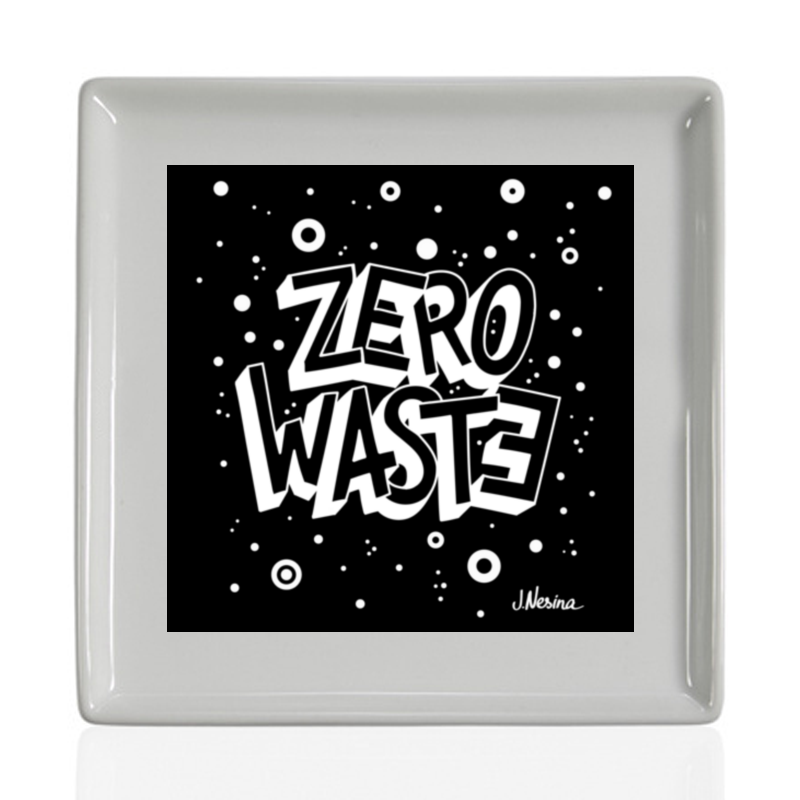Waste-Eliminating AI Tools : zero-waste pattern
[ad_1]
Zero-Waste Patterns and its Impact on Sustainable Fashion
Sustainability in fashion is becoming more important than ever. The industry is one of the largest polluters in the world, accounting for approximately 10% of global carbon emissions and 20% of wastewater production. This alarming fact has led designers and manufacturers to explore ways to reduce their environmental impact. One of the solutions that many designers are turning to is zero-waste patterns. In this article, we will explore how zero-waste patterns work, the benefits they offer, and how they are helping to improve sustainable fashion.
What are Zero-Waste Patterns?
Zero-waste patterns are clothing designs that aim to use every scrap of fabric during the manufacturing process. Unlike traditional patterns, which often result in wasted material due to the odd shapes and sizes of fabric left over, zero-waste patterns are designed with minimal waste in mind. By using these types of patterns, designers can reduce the amount of fabric waste they produce and help to create more sustainable fashion.
Zero-Waste Pattern Strategies
There are several strategies used in zero-waste pattern making, including:
1. Draping: Draping is a technique that involves pinning fabric on a dress form until the desired design is achieved. The fabric is then cut and sewn into the final garment, with minimal waste.
2. Bias Cutting: Bias cutting involves cutting the fabric diagonally to create a subtle stretch. This technique results in a garment that drapes well and uses up more of the fabric than cutting on the straight grain.
3. Integrated Pattern Making: Integrated pattern making involves creating the pattern pieces in such a way that they fit together like a puzzle, with no wasted space.
4. Modular Design: Modular design involves creating garments from smaller, interchangeable pieces. Each piece can be combined with others to create different styles.
The Benefits of Zero-Waste Patterns
The benefits of zero-waste patterns are manifold. The obvious benefit is that they reduce fabric waste, but there are other benefits as well:
1. Cost-Effective: Using zero-waste patterns can help designers reduce the amount of fabric they use in their production process, resulting in lower material costs.
2. Faster Production: Zero-waste patterns can speed up the production process by eliminating the need to carefully lay out pattern pieces to minimize waste.
3. Creative Flexibility: Zero-waste patterns can offer more creative flexibility than traditional patterns since designers are not restricted by the size and shape of the available fabric.
4. Improved Sustainability: Zero-waste patterns can help reduce the environmental impact of fashion production, making it a more sustainable industry.
5. Better Fit: Zero-waste patterns can result in garments with a better fit, as the fabric is cut to drape and hang correctly on the body.
SXD: A Startup Making a Difference in the Fashion Industry
SXD is a startup that uses artificial intelligence (AI) to create zero-waste patterns for fashion brands. The company’s software can analyze fabric types and design concepts to generate a pattern that optimizes fabric usage. This innovative approach to pattern making can help brands save money and reduce waste, making it a valuable tool for the sustainable fashion industry.
Frequently Asked Questions (FAQs)
Q: What is a zero-waste pattern?
A: A zero-waste pattern is a clothing design that uses every scrap of fabric, leaving no leftover fabric scraps.
Q: Why is sustainable fashion important?
A: Sustainable fashion is important because the fashion industry is a major polluter. By reducing waste and incorporating sustainable practices into production, the industry can help reduce its environmental impact.
Q: What are the benefits of zero-waste patterns?
A: The benefits of zero-waste patterns include reduced fabric waste, cost-effectiveness, faster production, creative flexibility, improved sustainability, and better fit.
Q: How can AI be used in fashion design?
A: AI can be used in fashion design to optimize fabric usage, create more efficient patterns, and even predict future fashion trends.
Q: What are some other sustainable practices used in the fashion industry?
A: Other sustainable practices used in the fashion industry include using organic or recycled materials, upcycling, and reducing water and energy usage during production.
Conclusion
As the fashion industry continues to work towards reducing its environmental impact, zero-waste patterns are emerging as a valuable tool. By using these patterns, designers can create more sustainable fashion without sacrificing creativity or quality. Startups like SXD are making it easier than ever to implement zero-waste patterns by using AI to create efficient patterns. With sustainable fashion on the rise, we can expect to see more innovation in pattern making and design.
[ad_2]









